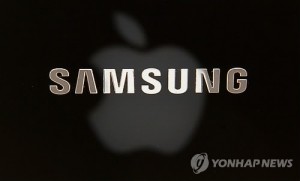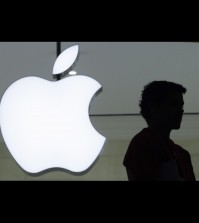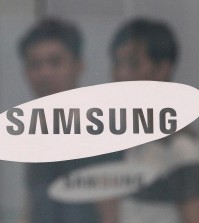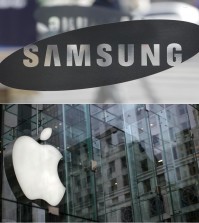- California Assembly OKs highest minimum wage in nation
- S. Korea unveils first graphic cigarette warnings
- US joins with South Korea, Japan in bid to deter North Korea
- LPGA golfer Chun In-gee finally back in action
- S. Korea won’t be top seed in final World Cup qualification round
- US men’s soccer misses 2nd straight Olympics
- US back on track in qualifying with 4-0 win over Guatemala
- High-intensity workout injuries spawn cottage industry
- CDC expands range of Zika mosquitoes into parts of Northeast
- Who knew? ‘The Walking Dead’ is helping families connect
Are the Samsung Note 4 and iPhone 6 criticisms really justified?

The Samsung Galaxy Note 4 and the Apple iPhone 6 Plus have undergone questionable scrutiny in the past few weeks. (Yonhap)
By The Korea Times Los Angeles staff
The Samsung Galaxy Note 4 is undergoing some scrutiny due to a product design that results in a noticeable gap between the screen and the outer frame – a feature that is an inherent part of smartphone’s structure.
The gap is approximately small enough to fit a business card and has alarmed potential consumers. Bloggers and reviewers are throwing around the term “gapgate” to reference the issue just as they used “bendgate” to reference the alleged fragility of Apple’s iPhone 6 Plus.
“The reported issue does not impact the functionality or quality of the Galaxy Note 4,” according to a public statement made by Samsung. “We assure our customers that all Galaxy Note 4 units meet our strict manufacturing and quality control standards.”
Samsung’s 100-page product manual acknowledges the possibility of a gap and explains why it is part of the design.
In the manual, Samsung clearly states that “for smooth device operations, a minimum amount of gap is necessary.”
Samsung and Apple have been making quality devices for years and years in an ultra-competitive industry and all of the sudden, quality control becomes a lower priority? That theory won’t hold water for long.
To set things straight, the gap in the Note 4 is supposed to be there and according to a Consumer Reports press release, the iPhone 6 and iPhone 6 Plus are just as sturdy as any other phone on the market.
Smartphone technological innovations have slowed down and that’s not to say that these latest products aren’t impressive, because they are.
In hindsight, it just doesn’t seem like it’s worth the effort of breaking a sturdy $750 device just to prove it’s breakable.
















Pingback: Tech Insider with Jessica Kelly: Samsung's Galaxy Alpha – Irish Independent | Malaysianewsjournal.com
techtalk
October 2, 2014 at 11:59 PM
Well. The legitimate point is that liquid and dust may at some point enter that little space. It doesn’t matter if the space was mentioned in the manual. That could just be Samsung’s way of releasing itself of liability. One of the keys is to find out whether this space is sealed off from the rest of the internals of the phone, and remains sealed off while the actual space itself expands. However, it is of significance to find out whether liquids or objects of any size wedged into or collected by that space damage the phone over the period of time said liquids or objects remain in that space.
The iPhone is bendable. Some can debate that all they want, but there are several signs of its legitimacy as a structural weakness. In severe cases, this may affect whether the screen remains anchored. However, the internals appear to be safe even when the phone is bent to its relative maximum. The Note 4 does not appear to have the bending problem. However, we now know that it has a design feature that requires further investigation. Some say that it’s only a retaliatory effort by Apple to fabricate a flaw. If this was retaliatory, they got awfully lucky. Both companies have work to do here. The iPhone’s bending problem is unacceptable and Apple’s behavior following the controversy has been dishonorable and lacking in integrity. Samsung rubbed some salt in Apple’s wounds, but it looks like they have some work to do now in terms of proving that space to be harmless. Their official statement won’t satisfy the truth about whether there are foreseeable problems. Because if there are problems, these problems may reach the internals of the phone, and that would seem to be much worse than having a bent phone.
The jury is, unfortunately, out. At least Apple didn’t go with Plan A and make fun of the size of their stylus.